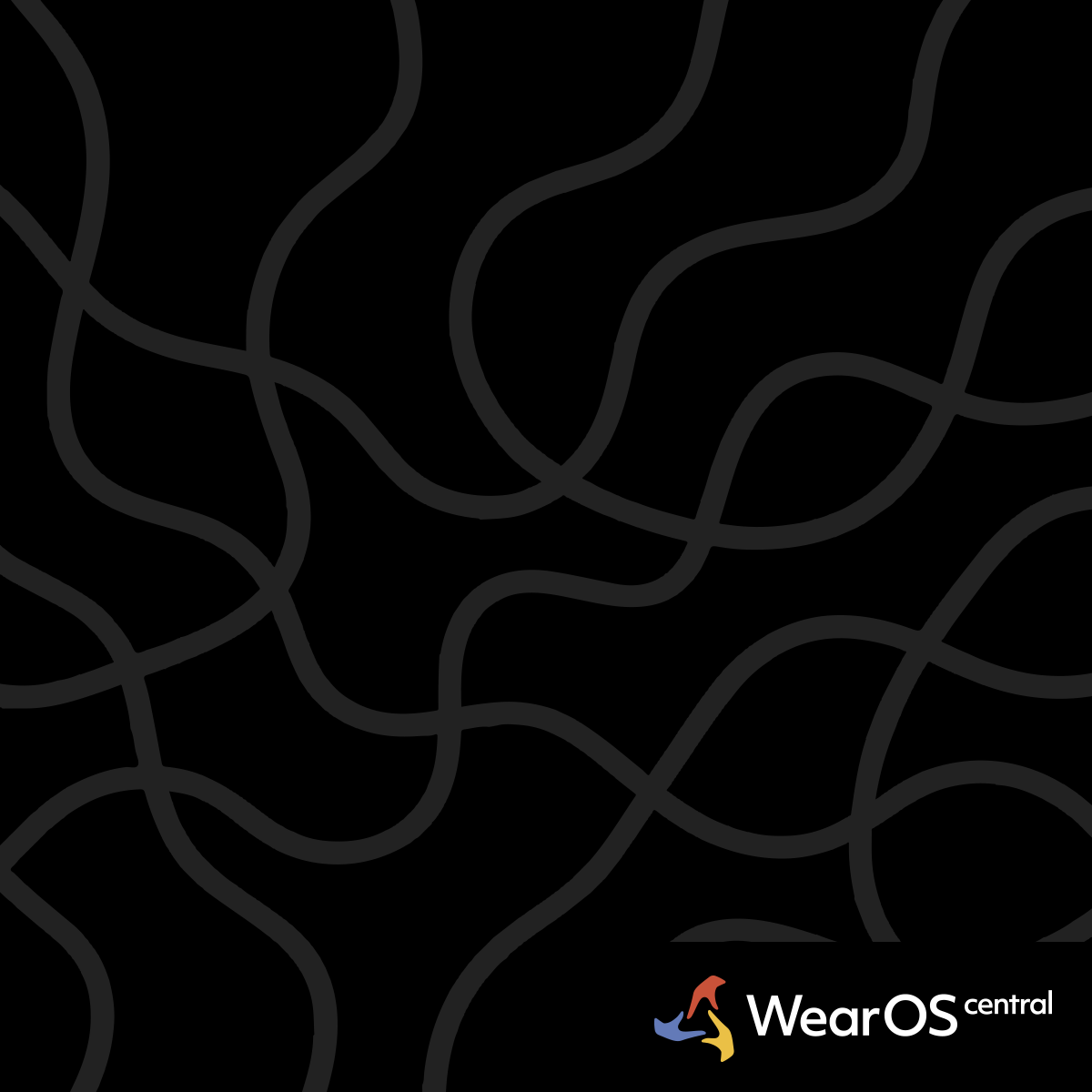WearOS Central
News, insights, tips and tricks about WearOS by  InventorBlack, CTO at Command Stick™ and Mod at r/ClaudeAI
InventorBlack, CTO at Command Stick™ and Mod at r/ClaudeAI
Latest Post
Galaxy Watch Ultra introduces touch bezel navigation that combines classic rotating bezel mechanics with modern touch gestures. This creates intuitive navigation patterns that feel natural and responsive. Learn more about Touch Bezel Experience
What is WearOS?
WearOS is Google's smartwatch operating system designed to bring the power of Android to your wrist. Built on a foundation of Google services and deep integration with the Android ecosystem, WearOS offers comprehensive health tracking, smart notifications, voice assistance, and a growing app ecosystem.
Available across multiple manufacturers including Samsung, Google, and others, WearOS provides a unified platform for wearable computing that scales from fitness tracking to productivity tools.
For the most up-to-date information, visit Google's WearOS Consumer Site or WearOS Developer Docs
What are WearOS Smartwatches?
WearOS smartwatches are intelligent wearable devices that extend your smartphone's capabilities directly to your wrist while offering standalone functionality for health, fitness, and productivity.
These devices integrate seamlessly with Google services, Android phones, and increasingly with iOS devices, providing real-time notifications, health monitoring, contactless payments, and voice assistance.
Modern WearOS watches offer:
- Health & Fitness Tracking: Comprehensive monitoring including heart rate, sleep, stress, and advanced metrics like ECG and blood oxygen
- Smart Connectivity: Seamless integration with Android and growing compatibility with iOS devices
- App Ecosystem: Access to Google Play Store with optimized watch apps for productivity, fitness, and entertainment
- Voice Assistant Integration: Google Assistant and increasingly Gemini AI for hands-free interaction
- Contactless Payments: Google Wallet support for secure, convenient transactions
- Customization: Extensive watch face options and personalization features
The Hardware Evolution
When I first experienced the Samsung Exynos W1000 processor in the Galaxy Watch 7, it struck me like a revelation that this technology could fundamentally change what's possible on the wrist. The performance was buttery smooth; finally, you could seamlessly open, switch and use apps without being held back by the processor.
Unlike the sluggish performance that defined earlier WearOS experiences, the W1000 introduced a completely different paradigm where the only limiting factors became the apps we app developers created and how we interface with those apps on such a tiny display.
As a practitioner in product design, invention, HCI design and as the CTO of Command Stick™, I really only had one question...
Is this finally powerful enough for advanced experiences?
After extensive testing with the W1000-powered devices, I was amazed to discover that the watch was finally powerful enough to build truly advanced experiences that could rival smartphone interactions in responsiveness and capability.
However, I also discovered a critical gap...
Despite being a mature ecosystem, WearOS lacks comprehensive resources for both users and developers, and the available resources often lack the polish and depth you'd expect from such an established platform.
I was not disheartened by this resource gap; on the contrary, I was intrigued and energized!
If WearOS hardware is finally capable, but the ecosystem resources are lacking, there's a massive opportunity to bridge that gap.
Following this realization, I began systematically gathering insights from r/WearOS and r/GalaxyWatch, analyzing user pain points, developer challenges, and how powerful hardware was being held back by inadequate apps, interfaces, tooling and documentation.
This became the foundation for guides, practical solutions and potential experimental product solutions documented throughout this site.
I believe when the WearOS ecosystem catches up to the power of its underlying technology, it can be truly magical!
WearOS Setup & Optimization
If you need guidance setting up your WearOS device, our comprehensive guides cover everything from initial pairing to advanced optimization.
For specific watch models, see our detailed device pages covering the latest Samsung Galaxy Watch series, Google Pixel Watch lineup, and other popular WearOS devices.
My Hardware Recommendation
For optimal WearOS performance, I recommend the Galaxy Watch Ultra or Galaxy Watch 8 Classic. These devices feature the groundbreaking Exynos W1000 that delivers unmatched performance and responsiveness. The W1000's advanced architecture future-proofs your investment, ensuring you can fully leverage current AI-enabled features and seamlessly adopt emerging technological advancements as they become available.
